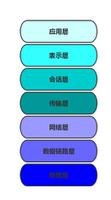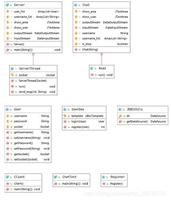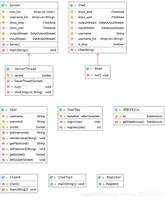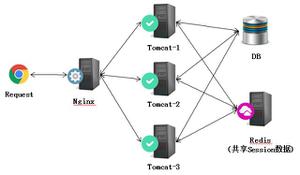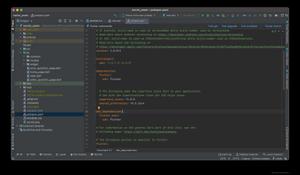java搭建一个Socket服务器响应多用户访问
当我们搭建了一个Socket服务端,是需要去响应多用户的访问的。此时,我们就要使用多线程,为每个访问的用户建立一个线程来响应该用户的访问。
具体实现,看如下代码:
package com.sun.socket;
import Java.io.IOException;
import java.NET.*;
import java.io.*;
import java.util.*;
/**
* Description:
* 搭建一个Socket服务器响应多用户访问
* @author Lee
* */
public class ServerSocketDemo {
ArrayList MSG = new ArrayList<>();
ArrayList RES = new ArrayList<>();
/**
* Description:
* 初始化数据
* */
public void init(){
MSG.add("hellow");
RES.add("hi");
}
/**
* Description:
* 搭建一个Socket服务器响应多个用户访问
* */
public void test1(){
init();
ServerSocket server = null;
try{
//以指定端口搭建一个Socket服务端
server = new ServerSocket(12000);
//等待客户端Socket实例,并创建一个线程去响应该客户单实例
while(true){
new Response(server.accept()).start();;
}
}catch(IOException e){
e.printStackTrace();
}finally{
try{
server.close();
}catch(IOException e){
e.printStackTrace();
}
}
}
/**
* Description:
* 根据用户输入的内容,返回相应的内容
*
* @param msg 客户端输入的内容
* @return 返回服务端回复的内容
* */
public String getMsg(String msg){
String res = "Are you kidding me?Please speak English.";
for(int i=1;i<MSG.size();i++){
if(msg.contains(MSG.get(i))){
res = RES.get(i);
}
}
return res;
}
public static void main(String[] args) {
// TODO Auto-generated method stub
new ServerSocketDemo().test1();
}
/**
* Description:
* 响应用户
* @author Lee
* */
class Response extends Thread{
Socket client;
/**
* Description:
* 默认构造器
* */
public Response(){}
/**
* Description:
* 初始化Socket
* */
public Response(Socket client){
this.client = client;
}
@Override
public void run(){
Scanner input = null;
PrintWriter output = null;
try{
//获取用户端的输入和输出流
input = new Scanner(client.getInputStream());
output = new PrintWriter(client.getOutputStream());
output.println("欢迎访问!");
output.flush();
//等待客户端的输入
String content = null;
while(input.hasNext()){
content = input.nextLine();
//根据用户端的输入,做出相应的反应
if(content.equalsIgnoreCase("quit")){
break;
}else{
output.println(getMsg(content));
output.flush();
}
}
}catch(IOException e){
e.printStackTrace();
}finally{
//关闭资源
input.close();
output.close();
}
}
}
}
1、我们可以写一个小小测试工具类,来测试一下public String getMsg(String msg)方法。
对该类右键,选择new新建一个JUnit Test Case 。
package com.sun.socket;
import org.junit.Assert;
import org.junit.Test;
public class ServerSocketDemoTest {
@Test
public void testGetMsg() {
try{
//调用该方法,并与其目标值进行对比。
String msg = new ServerSocketDemo().getMsg("在吗");
Assert.assertEquals("gun!", msg);
}catch(Exception e){
e.printStackTrace();
}
}
}
2、使用apche JMeter工具对该服务端进行压力测试
(1)打开Apache JMeter,右键测试计划->添加->Threads(Users)->Setup Thread Group
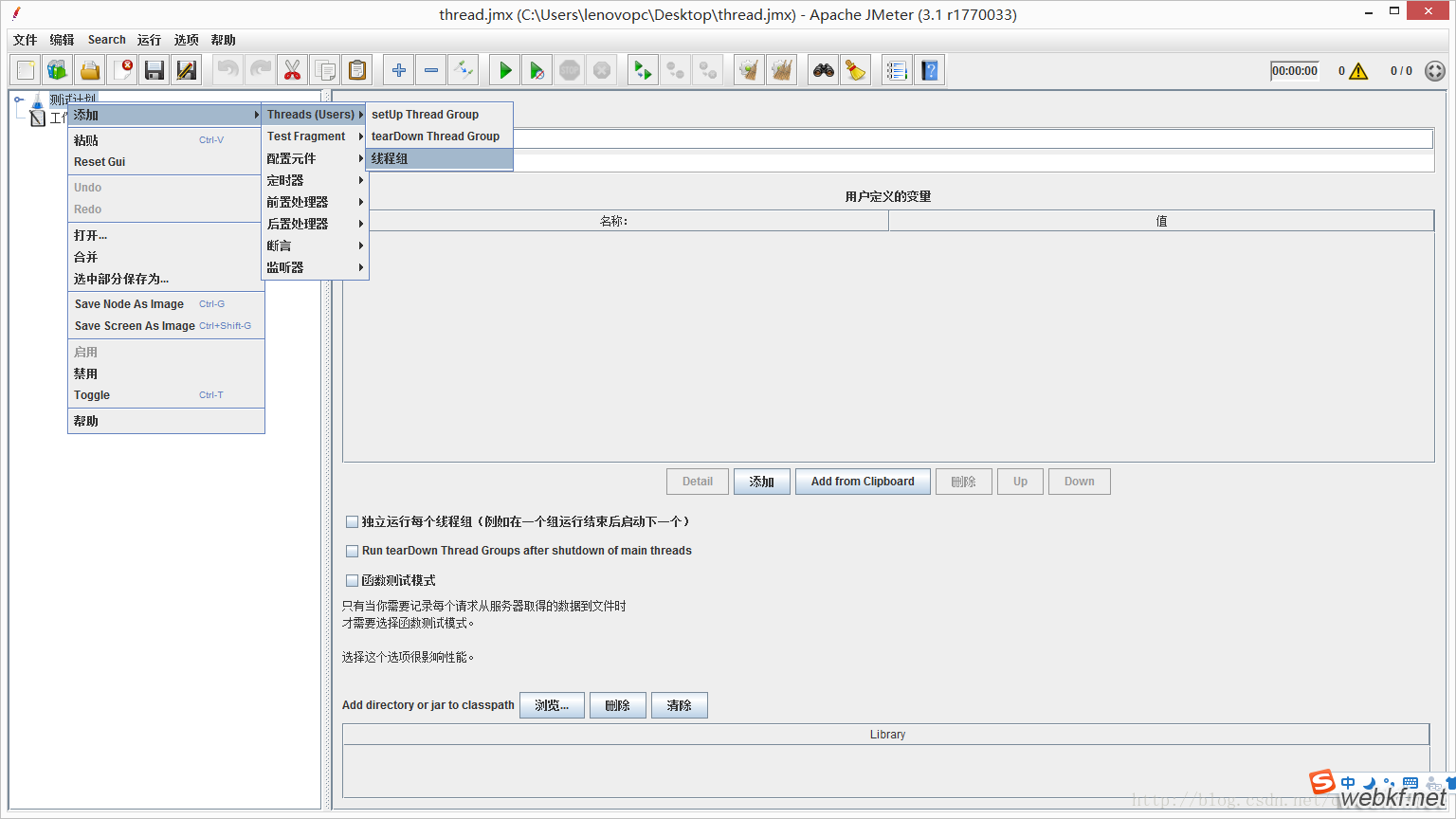
(2)设置线程属性(线程数,循环次等)
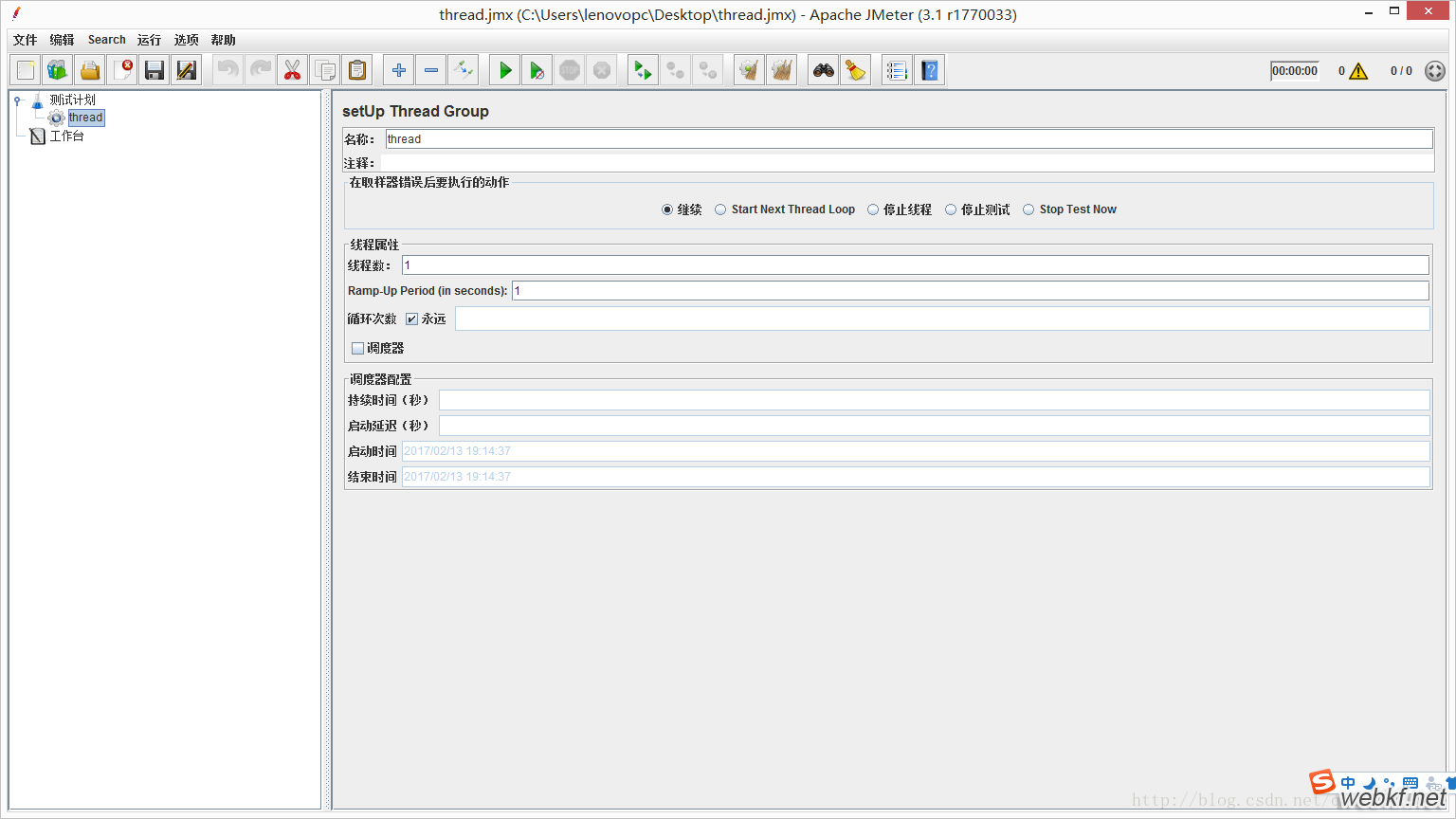
(3)右键添加->simpler->HTTP请求
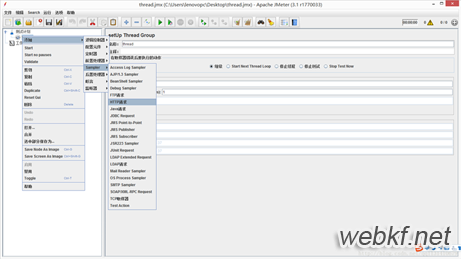
(4)设置属性,点击运行就可以进行压力测试了。
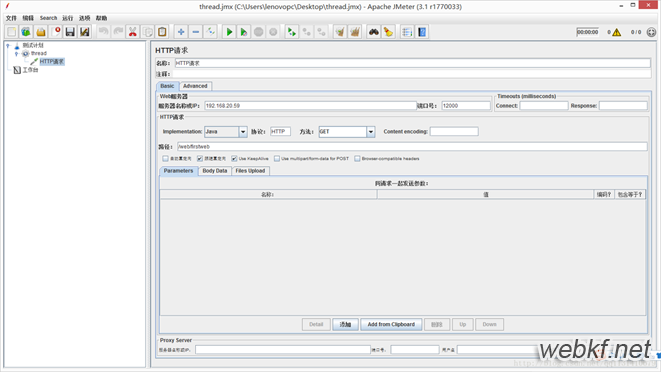
以上是 java搭建一个Socket服务器响应多用户访问 的全部内容, 来源链接: utcz.com/p/213506.html

